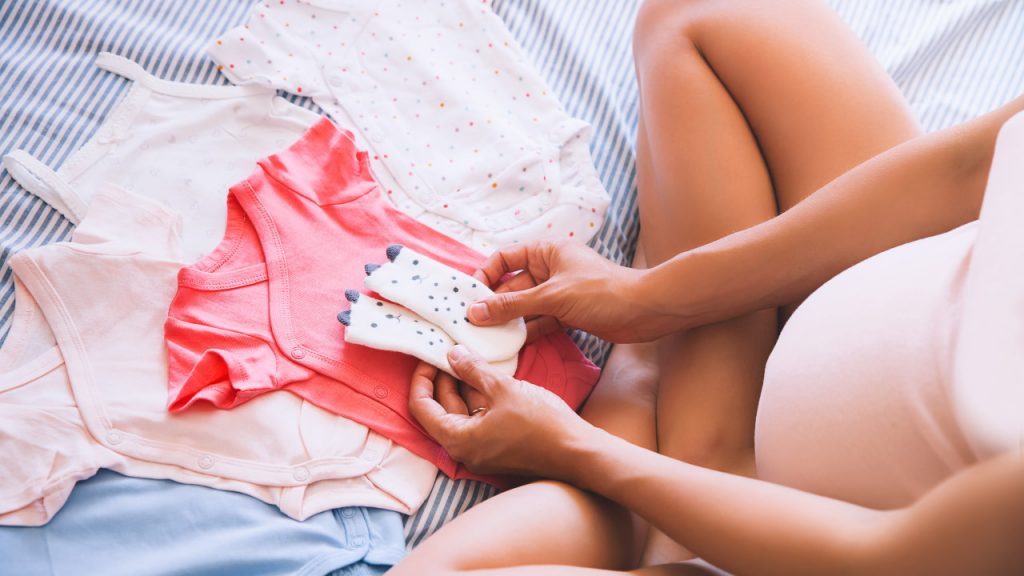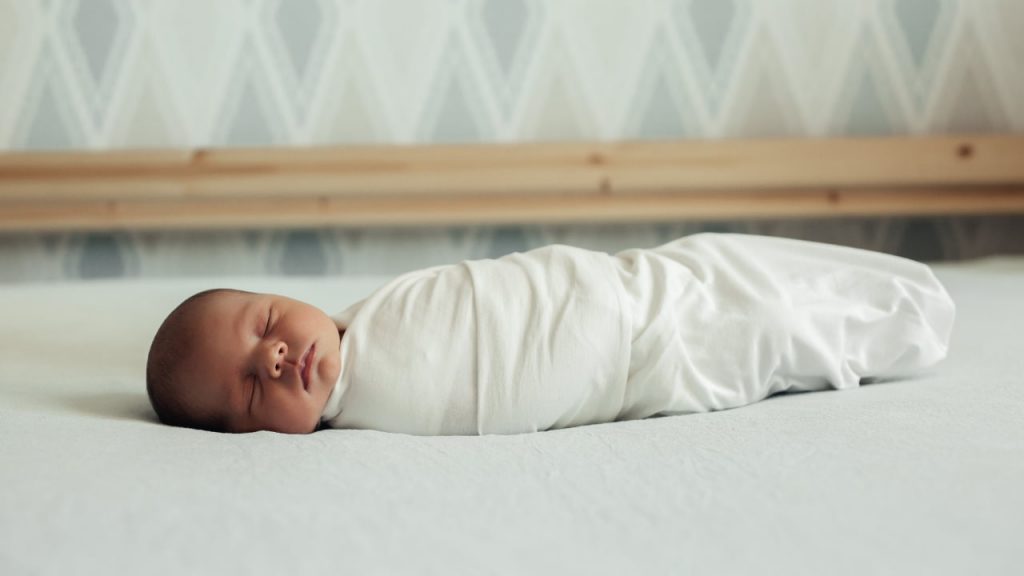We’ll look at some of the most important indicators that your kid is ready to walk. There are a few that should come as no surprise and a few that should. Some babies squirm for months while clinging to furniture, while others take the signs baby will walk soon immediately after standing up. Those initial steps are here to stay, and we’re here to tell you what to look for.
You’ll be able to see your child’s problem-solving abilities grow as they learn to walk. While thrilling, the transition from crawling to walking sign might take a few months for you and your youngster. This is because a baby’s leg muscles aren’t strong enough to support the weight of their bodies when they are born. As babies become older, they’ll need to work on these skills. A baby can usually take his first steps within a year of his birth.
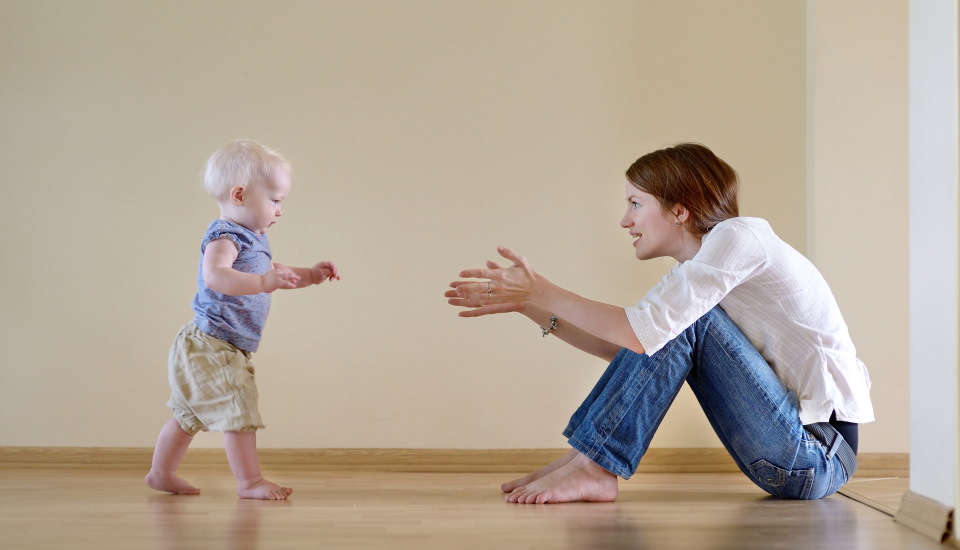
Despite this, it may take him many months to be able to walk for you to understand the signs baby will walk soon on his own without the use of crutches. When learning to walk, some babies might take up to 18 months before they’re ready. When you see the signs baby will walk soon, it will be almost impossible to stop them. You’re on the edge of your rocking chair, waiting to see what your baby will do next sign. Additionally, one of the most important milestones, those first cute, wobbly steps, could be coming soon.
The walking sign is a significant milestone for babies. It’s a sure sign that your baby is ready to become a toddler. But you might also wonder if your baby’s walking early or late has anything to do with how smart the baby will be or how well the baby’s body will work in the future.
A cross-national study in 2015 found a link between signs baby will walk soon and better language skills in a baby, but don’t worry. Research shows no clear link between learning to walk early and becoming the next Isaac Newton or Serena Williams. So you’re on the edge of your rocking chair, waiting to see what your baby will do next. Just enjoy coming to this incredible time.
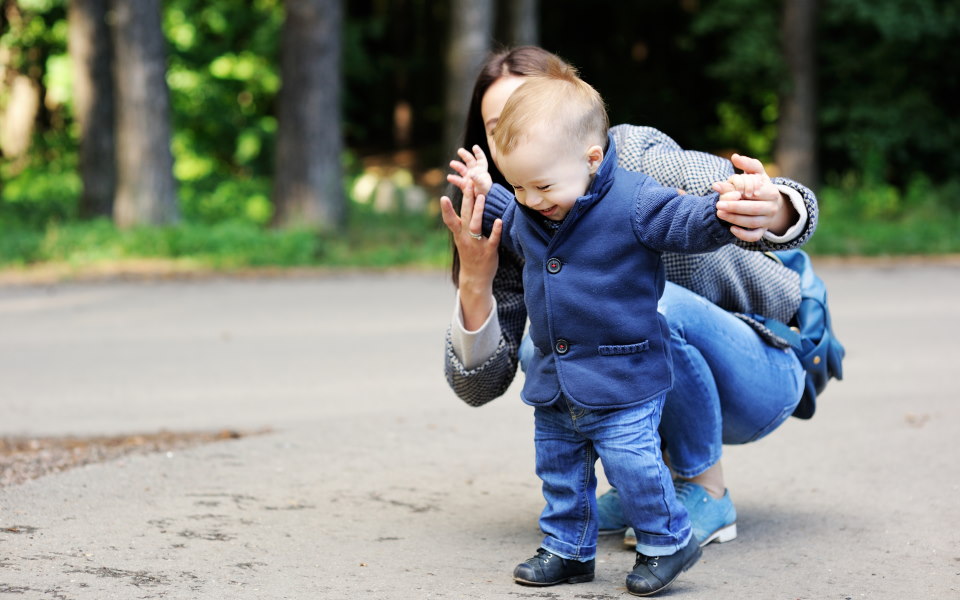
Tips for Predicting Whether or Not Your Child Will Soon Start Walking
One of the earliest markers of walking preparedness is the ability to rise from a sitting position using furniture. Think about how many squats they’re doing while they’re doing this! Eventually, your baby can stand independently and take a few shaky steps. As they lift themselves, say “up!” and as they crouch down again, say “down!” to promote this behavior in them.
A glimmer of inner self-assurance could be seen if you capture your lovely Houdini standing on top of the sofa with a smile when he’s about to take a tumble. While this keeps you looking for potential mishaps, it’s a positive indicator that your baby is ready to take on new challenges (however dangerous they may be). To realize the signs baby will walk soon on their own, babies must have a strong sense of self-efficacy.
Instead of hovering over your child, try to establish your center and let them develop their physical talents in a secure atmosphere if you find yourself helicopter parenting. “Cruising” refers to a baby’s gait while clutching onto something. For example, they may use the coffee table as a stepping stone to go about the room or lean from one item to the next.
That your small youngster is learning how to transfer weight and balance while taking steps is evidence of development. Preparing for the ability to walk sign is also a part of this. Make a route of safe things for your baby to grip onto and a walk sign to encourage cruising. Keep an eye out for loose furniture, plants, and other objects that aren’t firmly fastened to the ground or the walls. A fall or injury may occur if they were to tumble over.
There was no way you could have predicted that your baby’s constant crying and extended slumbers would sign that they were about to make a swift exit from your arms. However, because learning to sign of walking is such a significant developmental step, it’s not uncommon for other developmental changes to coincide.
Your baby’s brain and body may be working overtime, making them less forgiving. It’s hard being a parent, so take a deep breath and remember that things usually return to normal after reaching an important developmental milestone.
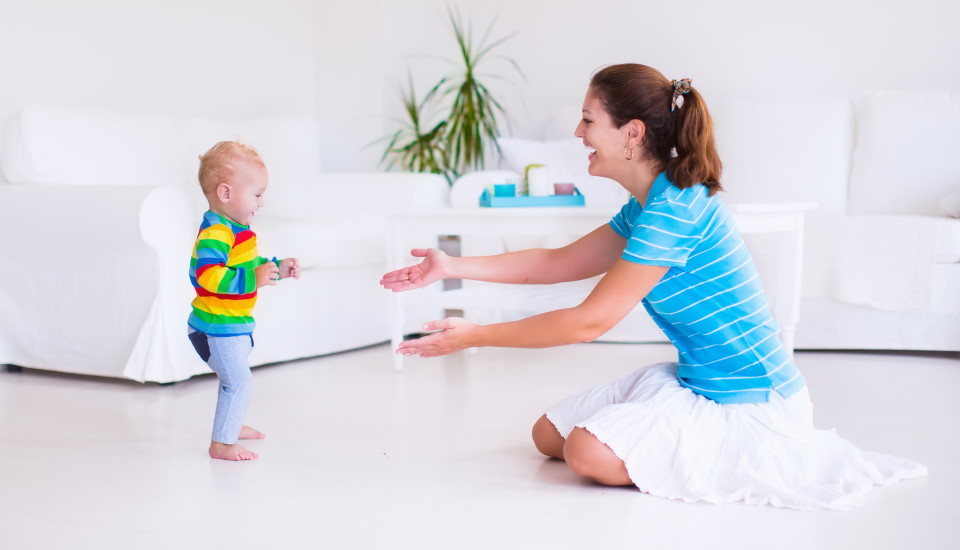
The Most Common Symptoms That Predict When Your Child Will Start Walking
1. Triumphing Over Difficulties
Walking on two legs is challenging for babies since their muscles are not developed enough to support the activity. On the other hand, if you see your youngster urgently attempting to overcome barriers by going over them, then he is (no pun intended) one step closer to a walking sign. This is because he is working their leg muscles while also enhancing their strength in the process.
2. Taking a Stand
When you see your baby attempting to push himself off the ground, you may be certain that the time is drawing close. Babies will use their arms to grab onto high surfaces when they learn to pull themselves up or support their efforts. The elevated platforms might take the shape of anything, from pieces of furniture to even just your legs. However, they would still be incapable of standing on their own.

3. Handholding
The signs baby will walk soon mean that they are certain that they can stand up by themselves without assistance. However, much like learning to ride a bicycle for the first time, they won’t be able to accomplish it on the first try and will most likely fail.
When they are ready, you will support them by holding their hand while walking. Again, going back to the metaphor of the bike, they require your assistance in the form of training wheels so that they may learn to walk signs while maintaining their balance.
4. Cruising
It’s OK to hold your child’s hand, but they are determined and won’t wait for you to assist them or to get out of the situation. To keep his feet off the ground and maintain his equilibrium, he will grab hold of whatever solid he can find, such as walls or pieces of furniture.
5. Standing
It is only a matter of time until they start walking once they can stand on their own without the assistance of any outside support. They have not yet mastered balance, but they are competent enough to stand independently for short periods.
Your youngster will probably start engaging in dangerous activities like jumping, climbing stairs, and other pursuits in the near future to enhance his balance. However, every youngster grows and develops at their own pace.
According to recent studies, milestones for normally growing children may be found within a certain range. But when you’re told that your baby should be able to walk sign on their own between the ages of 10-15 months, with some children even walking at 18 months and still being considered normal, parents are eager for additional information.

A Baby Begins to Walk, so What Do You Do?
It’s impossible not to be charmed by a baby’s velvety, pink-colored feet. After the six-month mark, a baby’s feet become its natural toy. He taps his feet to put his foot in his mouth. Because they enable us to move about on two wheels, our feet are among our most vital organs. In addition, our bodies’ enormous loads are carried by our feet.
As a result, promoting good foot health in children should begin as early as possible. You may wonder whether your baby’s soft feet are healthy. The distinctive pudgy soles of a baby might raise questions in the minds of first-time parents. Unfortunately, however, one in a thousand children are born with congenital abnormalities.
Curved, bent, sprained feet, back-curved (open-toe) feet, and flat feet may all be found in babies’ feet. When a baby is born, its curled-back or turned-toe feet are immediately apparent. The first signs baby will walk soon on flat feet usually appear between the ages of two and three. In the beginning, toddlers use their feet to convey their feelings before they learn that they are capable of walking.
Their feet, like their hands, are invaluable tools for gaining an understanding of the surroundings. After the first year, your baby’s muscles have become strong enough to begin walking. A baby’s initial movements are the same, regardless of age or ability to walk sign. Generally, the signs baby will walk soon come with signs of worry and terror when they clutch to something or stand up and take a few steps. Eventually, he speeds up and takes one step at a time.
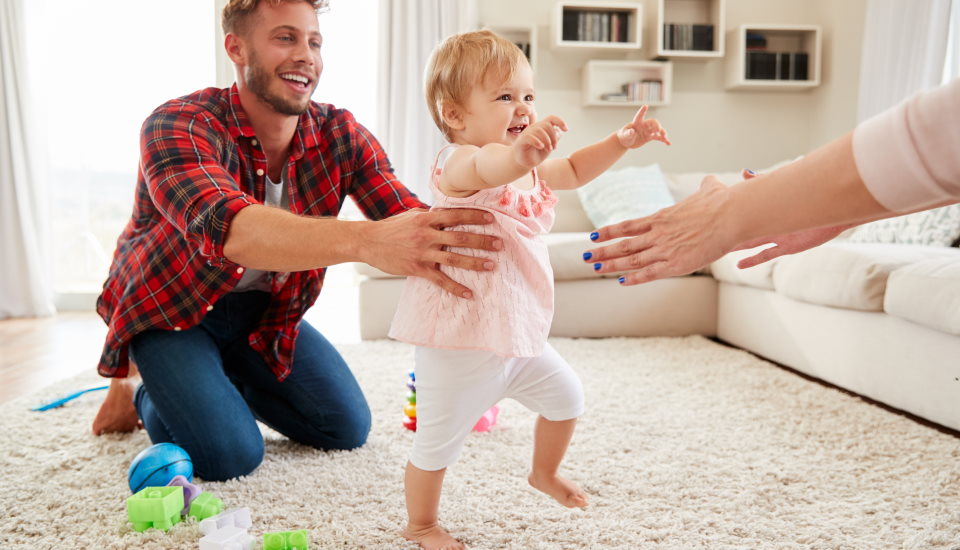
Importance of Baby Shoes for Walking
Everyone in the household is rushing to pick out shoes while the baby is still learning to walk sign. For the first steps, the baby needs shoes that keep his feet comfy—putting on shoes before the first step is not only unhealthy but is also unnecessary. A soft, ankle-gripping high-heel shoe is recommended when attempting to balance on one’s right and left sides.
When a baby’s wrist feels well-supported, he can walk sign more confidently. Shoes should not limit the baby’s movements, and specific parameters should be considered while purchasing them. For example, a shoe with a high ankle is more likely to fall off than a lower one. Shoes for babies should have a low heel and be precisely tailored to the child’s foot size. The shoe’s leather and shape should be flexible and conform to the wearer’s foot and toes.
An inch or so of the room should exist between the toes and the shoe’s front, but it cannot be too broad. When a shoe is tied correctly, the foot should not be able to move in or out of the shoe. Many foot deformities may be caused by shoes that don’t fit properly.
During the day, you may put your baby in socks made of 100 percent cotton or wool. The feet that remain in the shoes all day sweat and may get stifled by the shoes’ tight fit. Their feet may get damp, resulting in allergies, rashes, and even nail issues due to the softening of the nails. You may put her socks on while seated or eating food as long as she doesn’t move about too much.
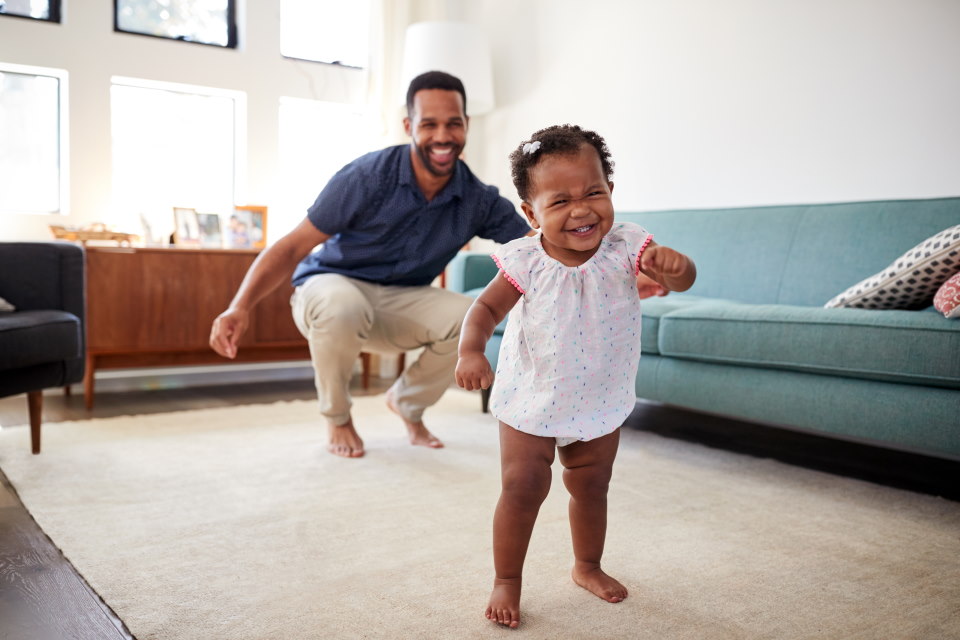
The idea that he should be able to spend the whole day in only his socks is absurd. As your child matures, he will want to be self-sufficient and get shoes that he can put on and take off. The spinning of your feet and spinal difficulties resulting from wearing lace-up shoes are well-known. As soon as the baby can walk sign, you don’t need to place impediments on his wrist. Comfortable and not-too-high shoes are available. You should avoid wearing high, ankle-length shoes.
It is common for babies’ feet to seem flat-footed. Due to the abundant fatty tissue on the inner side of the foot in infancy, flat feet seem to be normal. 70% to 80% of people have normal feet. Until the age of three, this feature is common in young children. Shoes with attachments may be used if the doctor deems them essential. Orthopedic shoes may only be worn by youngsters determined by the orthopedist to need them. The fast-growing of a baby’s feet necessitates frequent shoe changes.
First Steps Sign
The gaits of children are as varied as the personalities they embody. A common walking style is an outward gait. This has the effect of bringing them back into harmony. Then, while you’re preoccupied with it, they move inside and adopt the pigeon foot stance. Please don’t listen to your mother’s pleas to take her to an orthopedic expert in these situations.
By the time they turn three, the feet and legs of the majority of toddlers have developed on their own. Even for a brief time, most toddlers will attempt to tiptoe. The calf muscles and Achilles’s tendons will need to be examined if this is not a short-term problem. In the first two years of life, almost all babies move inward. Because of this, there are two explanations:
- The fetal position in the womb refers to the position of the developing baby.
- To distribute their weight more equally, they should flex their legs inward.
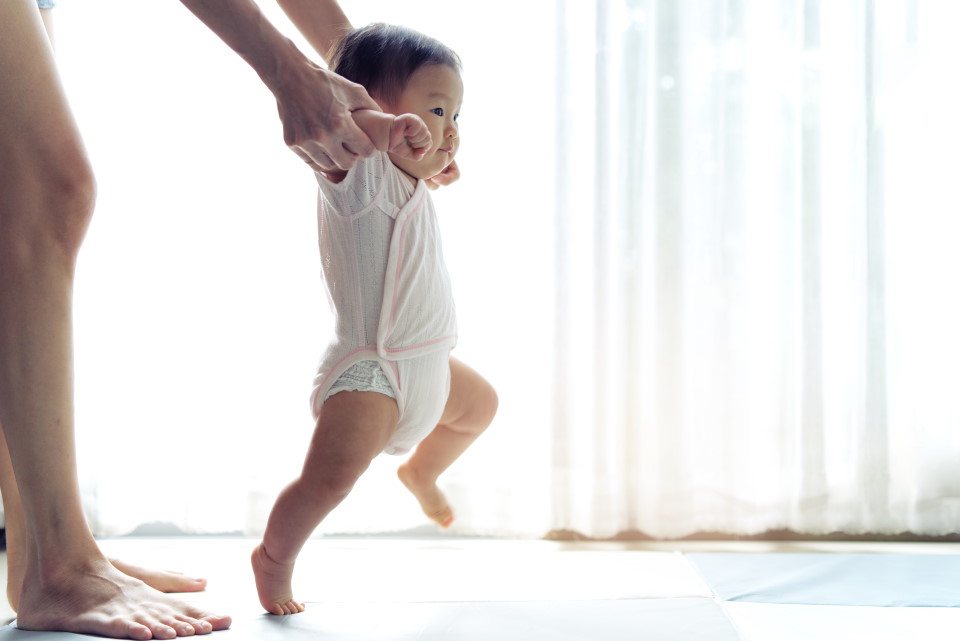
If you see a change in your baby’s walking patterns, don’t hesitate to see a doctor. When a person cannot walk without limping, they should seek medical attention. It’s essential to go to your doctor right away if your baby suddenly won’t walk after walking regularly for a time. Is there anything you can recall about the last time he refused to walk sign because of an injury or fear? Find out about your family history. Take your baby’s clothes off. Inspect the lower leg for any sign of bruising and redness.
Get her hips, knees, and ankles in motion. What if your baby is in pain? Make sure nothing is lodged in the soles of the shoes by feeling around with your hands. Take note of everything and see a doctor with your baby. A few days or even a few hours might go by without a baby being able to walk sign. Small fractures might develop in the lower legs when they leap from a great height. The problem, however, disappears on its own and is only discovered when X-rays are done many years later.

Conclusion
When you see the main signs baby will walk soon, you should avoid putting shoes on them. A sense of the earth under her feet is essential to gaining her natural balance and walking on it. Hold her hand as she wears soft-soled shoes outdoors until she is more confident in her ability to walk independently. A baby’s readiness to walk sign may be predicted by observing some early indications.
You can’t just rely on their age alone to encourage and support your baby’s development. As each baby is unique, so is the time of her first steps; whether she is adventurous or cautious will play a significant role in this decision.
If your baby doesn’t want to or can’t walk sign by the time she’s 18 months old, you should speak to your physician. Older babies take longer to learn to walk because they require more time to build their strength. In addition, recurrent ear infections can delay your baby’s walking as it affects his balance while walking. Because they strive to keep up with their older siblings, babies with older siblings may walk sooner and are better trainers.



